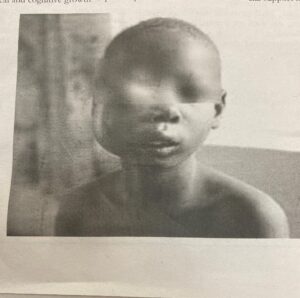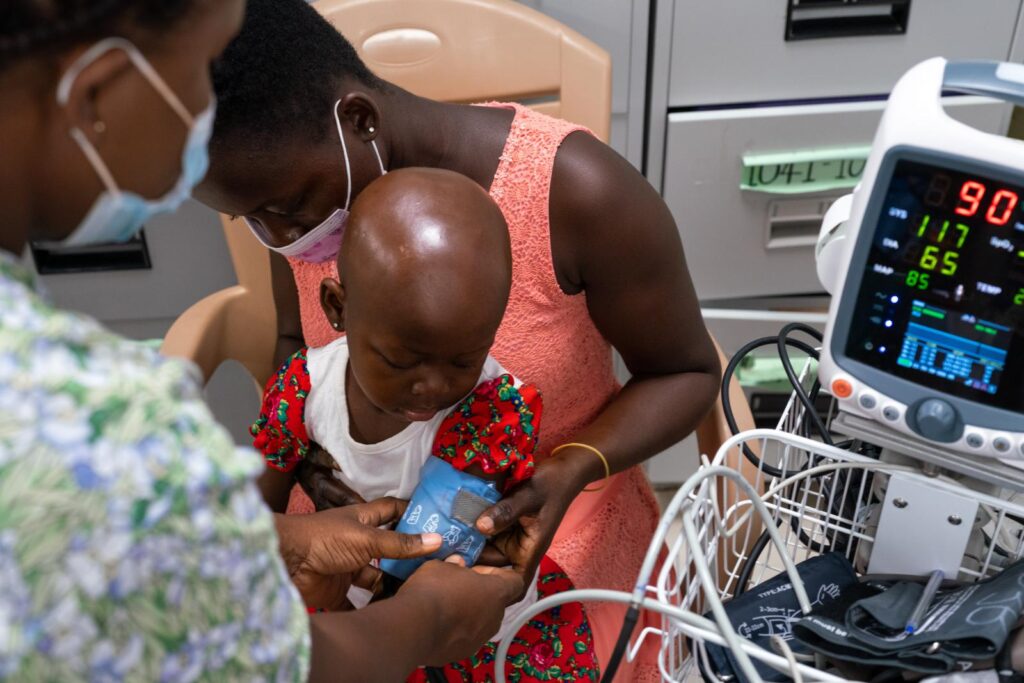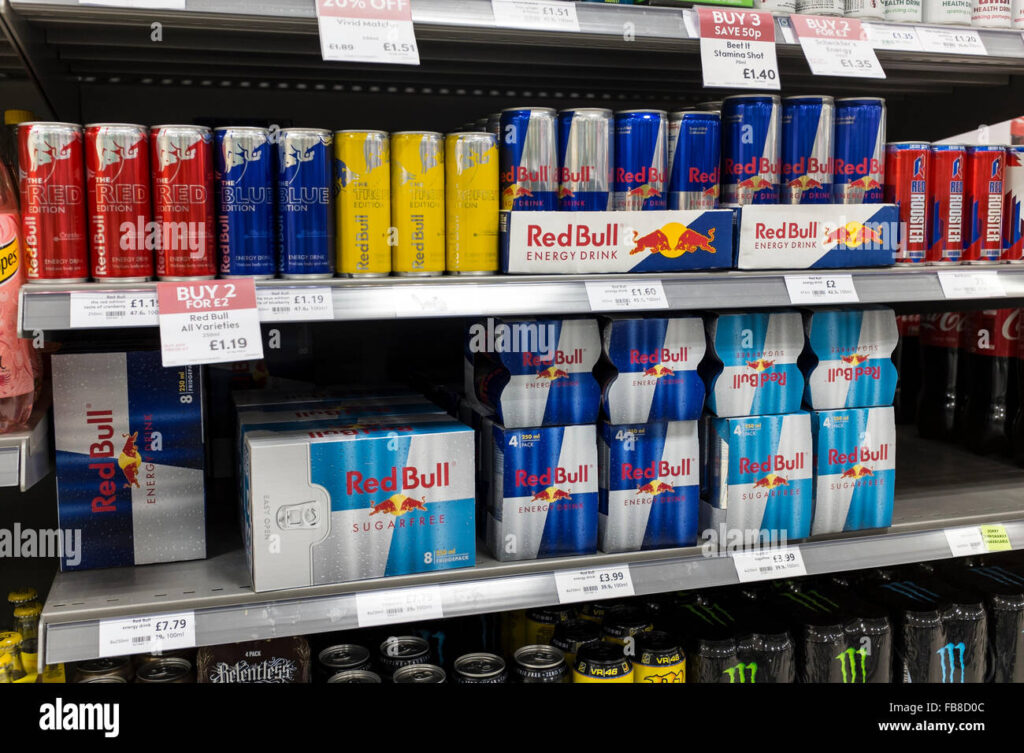Years ago, I used visit strategy to visit a couple whose baby was on admission at a medical facility in the country. There were times we used to see the baby together. That was the time I got interested in the childhood cancers in general.
So recently when I got the opportunity to participate in childhood cancer awareness, memories started flooding from the past. We have come a long way in the management of childhood cancers, but it is still a burden. At this point I will be using materials from World Health Organization (WHO) website.
Global Cancer Burden each year, an estimated 400,000 children and adolescents of 0-19 years old develop cancer.
Cancer is a leading cause of death for children and adolescents. The likelihood of surviving a diagnosis of childhood cancer depends on the country in which the child lives. In high-income countries, more than 80 per cent of children with cancer are cured, but in many least and middle-income countries (LMICs), less than 30 per cent are cured.
The reasons for lower survival rates in LMICs include delay in diagnosis, an inability to obtain an accurate diagnosis, inaccessible therapy, abandonment of treatment, death from toxicity (side effects), and avoidable relapse. Improving access to childhood cancer care, including to essential medicines and technologies, is highly cost effective, feasible and can improve survival in all settings.
Some chronic infections, such as HIV, Epstein-Barr virus, and malaria, are risk factors for childhood cancer. They are particularly relevant in LMICs.
Other infections can increase a child’s risk of developing cancer as an adult, so it is important to be vaccinated (against hepatitis B to help prevent liver cancer and against human papillomavirus to help prevent cervical cancer) and to pursue other methods such as early detection and treatment of chronic infections that can lead to cancer.
Current data indicate that about 10 per cent of all children with cancer have a predisposition because of genetic factors. Further research is needed to identify factors impacting cancer development in children. The most effective strategy to reduce the burden of cancer in children and improve outcomes is to focus on a prompt, correct diagnosis followed by effective, evidence-based therapy with tailored supportive care.
Cancer burden in Ghana:
In Ghana, about 1,200 children under the age of 15, are estimated to develop cancer annually. Unlike adult cancers, 8 out of 10 children diagnosed with cancer will survive the disease if it is detected early and access to treatment and care are available. However, in resource-constrained countries like Ghana, the reverse has been true: only 20 per cent of children diagnosed with cancer survive. For many, the cost of treatment was prohibitive – as high as US$7,000 for up to three years treatment for leukemia. In low-income countries, only 30 per cent of patients access treatment.
Correct diagnosis
A correct diagnosis is essential to prescribe appropriate therapy for the type and extent of the disease. Standard therapies include chemotherapy, surgery, and/or radiotherapy. Children also need special attention to their continued physical and cognitive growth and nutritional status, which requires a dedicated, multi-disciplinary team. Access to effective diagnosis, essential medicines, pathology, blood products, radiation therapy, technology and psychosocial and supportive care are variable and inequitable around the world.
However, cure is possible for more than 80 per cent of children with cancer when childhood cancer services are accessible. Children who complete treatment require ongoing care to monitor for cancer recurrence and to manage any possible long-term impact of treatment.
Palliative care
Palliative care relieves symptoms caused by cancer and improves the quality of life of patients and their families. Not all children with cancer can be cured, but relief of suffering is possible for everyone. Pediatric palliative care is considered a core component of comprehensive care, starting when the illness is diagnosed and continuing throughout treatment and care, regardless of whether a child receives treatment with curative intent.
Palliative care programs can be delivered through community and home-based care, providing pain relief and psychosocial support to patients and their families.
Adequate access to oral morphine and other pain medicines should be provided for the treatment of moderate to severe cancer pain, which affects more than 80 per cent of cancer patients in the terminal phase.

WHO response
In 2018, WHO launched, with the support of St. Jude Children’s Research Hospital (USA), the Global Initiative for Childhood Cancer (GICC), to provide leadership and technical assistance to governments to support them in building and sustaining high-quality childhood cancer programmes.
The goal is to achieve at least 60 per cent survival for all children with cancer by 2030. This represents an approximate doubling of the current cure rate and will save an additional 1 million lives over the next decade.
In Ghana, about 50 per cent of patients used to abandon treatment halfway due to lack of funds. However, this figure has been reduced to 15 per cent with support from a number of benevolent individuals and organizations have helped to fund diagnostic investigations, purchase chemotherapy doses, and cover the costs of transport and clinic appointments for numerous Ghanaian families.
Ghana is among the six countries selected to receive support for its implementation. The financial support has helped improve childhood cancer care in Ghana, Senegal, and Zambia – the first African countries to receive GICC Support.
The Global Initiative for Childhood Cancer is part of the response to the World Health Assembly Resolution Cancer Prevention and Control through an Integrated Approach (WHA70.12), focused on the reduction of premature mortality from NCDs and the achievement of universal health coverage.
In December 2021, WHO and St Jude Children’s Research Hospital launched the Global Platform for Access to Childhood Cancer Medicines, the first of its kind, to provide an uninterrupted supply of quality-assured childhood cancer medicines with end-to-end support from selecting to dispensing medicines, according to best care standards.
NHIS benefits package
In November 2021, childhood cancers were added to the National Health Insurance Scheme (NHIS) benefit, making some components of care such as diagnostics and supportive care free. The benefit package includes Burkitt’s lymphoma (bone marrow cancer often found in the jaw), Wilms’ tumor (cancer of the kidney), retinoblastoma (cancer of the back of the eye) and acute lymphoblastic leukemia (cancer of the blood). These constitute about 60 per cent of all childhood cancers.
About 42 per cent of children with cancer are on treatment, compared with 30 per cent in developing countries or Africa. 85 per cent of children on cancer treatment completed the full round since 2018, compared with 50 per cent in 2010. 165 Health workers have been trained in data management.
Polyphenols beneficial in reducing cancer drug resistance
There is continues research into cancers and therapies. There is intense focus on natural products in view of the adverse effects of cancer chemotherapy. Polyphenols are of intense interest because of their anticancer properties. Polyphenols inhibit the cancer hallmarks such as proliferation, apoptosis, and inflammation. Polyphenols have shown benefits in countering resistance to cancer therapy by cancer cells. Polyphenols curb cancer therapy resistance through increasing programmed cancer cells death (apoptosis) reduction in oxidative stress, increasing drug uptake by tumor cells, interfering with enzymes that increase drug metabolism, and thereby increase the sensitivity of cancer cells to chemotherapeutic agents (Dana et al. The role of polyphenols in overcoming cancer drug resistance: a comprehensive review. Cellular & Molecular Biology Letters (2022)
27:1). Cocoa is an excellent source of polyphenols.
Published by: The Ghanaian Times Newspaper, 4th September,2024, page 11
Author: Dr Edward O. Amporful, Chief Pharmacist, Cocoa Clinic


